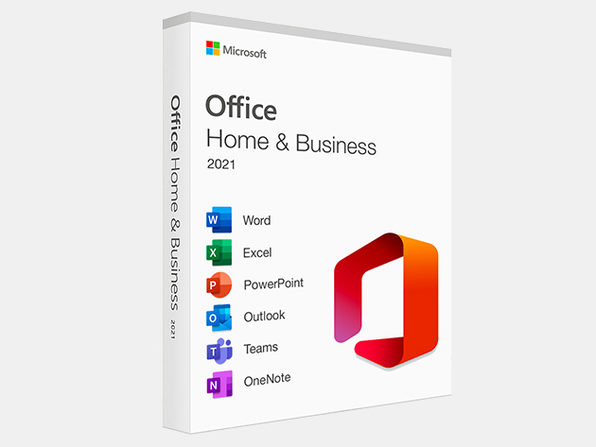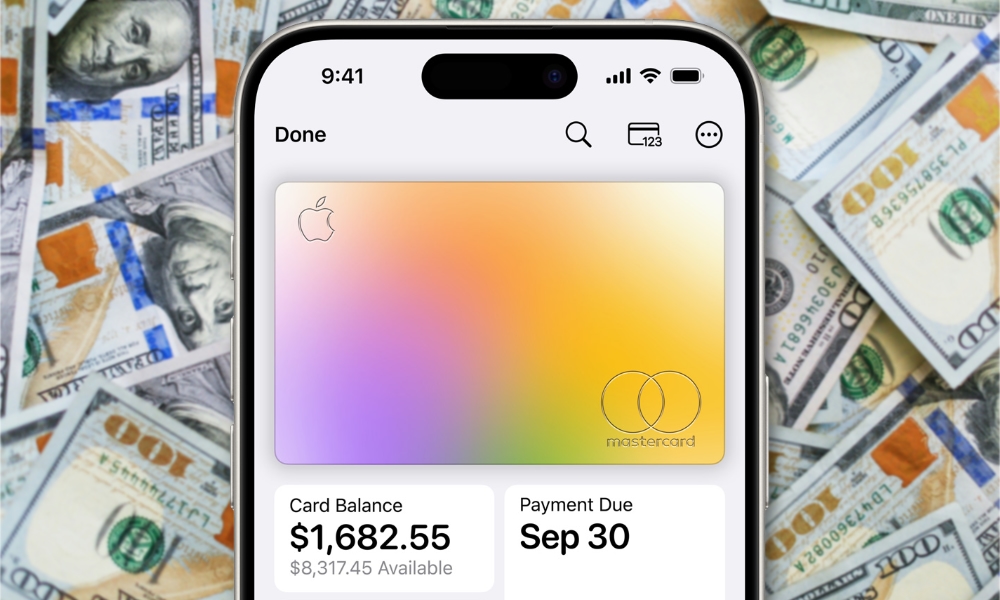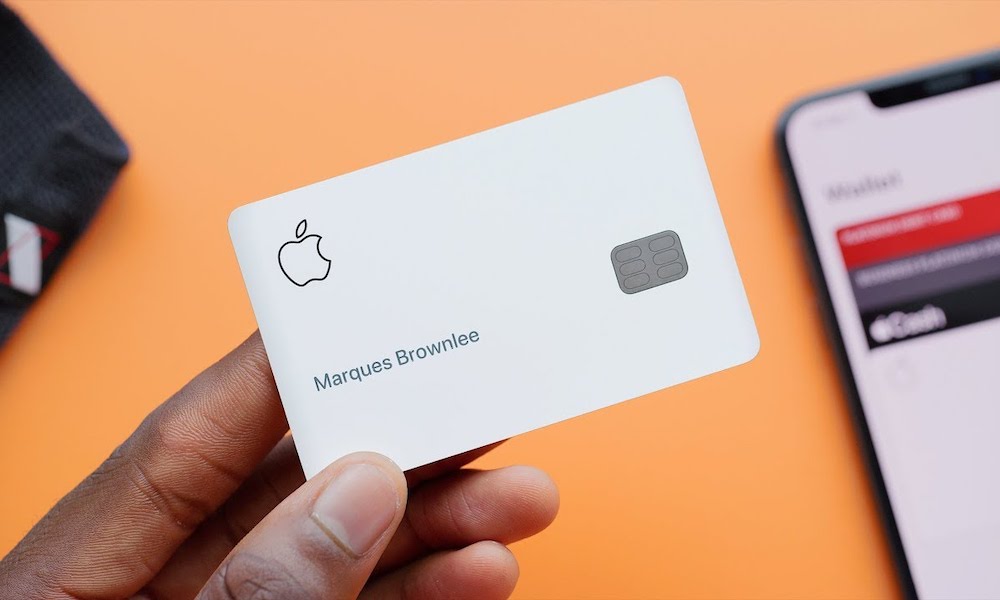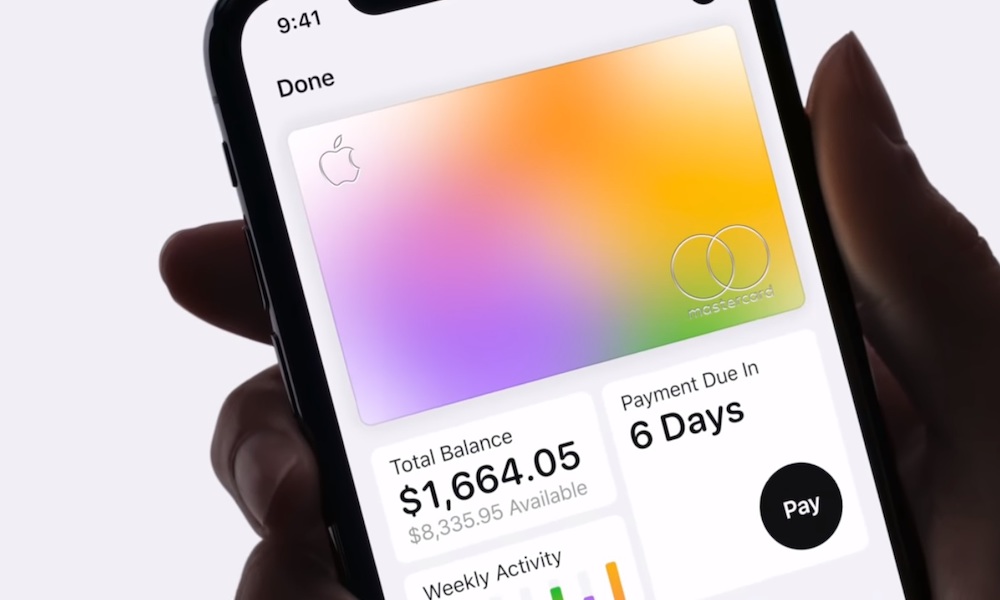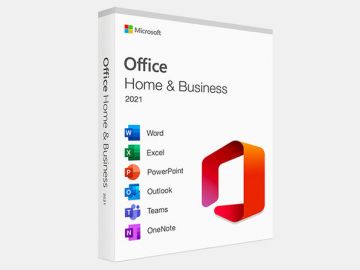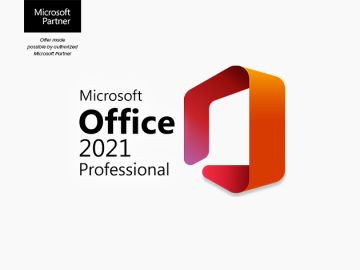A New Apple Card Partnership Could Be Just Around the Corner
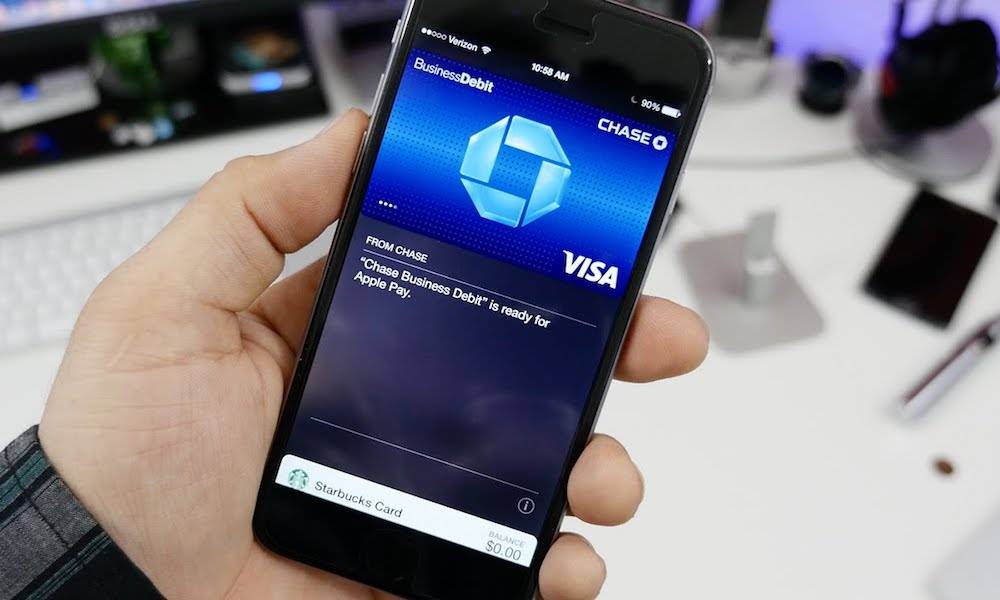 9to5Mac
9to5Mac
Toggle Dark Mode
It’s been nearly two years since Apple and Goldman Sachs called it quits on the Apple Card. Now, it looks like Apple may be on the cusp of signing a new partnership with JPMorgan Chase.
It seems like a lifetime ago that Apple and Goldman Sachs teamed up to launch the Apple Card in 2019. In those early halcyon days, the investment bank was so optimistic about the Apple brand that CEO David Solomon called it the “most successful credit card launch ever. Sadly, it wasn’t long before the relationship between the two companies began to go off the rails.
At first, the whole thing seemed like a perfect match. Apple got a non-traditional banking partner that would allow it to take the lead, while Goldman, targeting higher-income young professionals, salivated at the prospect of drawing upwardly mobile Apple customers into its banking services.
Nevertheless, doing things Apple’s way quickly began to cost Goldman Sachs more than it was making from the deal. According to insiders, the Apple Card cost the investment bank over $1 billion in its first three years of operation. The losses were widely ascribed to Apple’s insistence on the card’s marketing, a desire to deny as few applicants as possible, often pushing for riskier approvals, and an insistence that all customers get their bills on the first of the month, creating a customer service burden.
By the summer of 2023, we saw reports that Goldman was looking for a way out. A July 2023 report from The Wall Street Journal (Apple News+) revealed that the investment bank had entered into discussions with American Express about handing over the Apple Card and the aspects of its partnership with Apple. Others questioned whether AMEX would be interested, believing that the company wouldn’t want to dilute its strong brand and “play second fiddle” to Apple. Still, regardless of who the new partner would be, it was clear that the clock was ticking.
By November of that year, Apple and Goldman made their breakup official, with the iPhone maker submitting an exit proposal that would see the two firms parting ways in 12 to 15 months. This would see the original Apple Card and Apple Card Savings Account shift to a new partner. Apple Pay Later was also believed to be part of the shift at the time, since although Apple financed it, it relied on Goldman for access to the Mastercard network. However, Apple ultimately took that one off the table when it nixed the service entirely.
Not long after, Bloomberg’s Mark Gurman suggested that Apple could move things to JPMorgan Chase, one of the big financial powerhouses it approached when it was trying to get the Apple Card off the ground. Now, it turns out that Gurman may have been prescient. Even though Apple has courted several other potential suitors and Visa and Amex have been vying to replace Mastercard, it looks like Chase may indeed get the nod.
That’s the latest from The Wall Street Journal (Apple News+), which reports that the talks between the two companies are at an advanced stage.
Discussions between the country’s biggest bank and Apple accelerated in recent months, with Apple telling JPMorgan it is the tech giant’s preferred choice to replace Goldman Sachs as its card partner. JPMorgan and Apple have been negotiating since early last year, The Wall Street Journal previously reported.
While the deal is far from done, and there are still reportedly a few obstacles that could cause it to unravel, the negotiations are much farther along than with any other bank or credit card issuer.
Sources say the biggest stumbling block right now is the number of subprime borrowers. Apple’s insistence that Goldman Sachs lower the bar for approving the Apple Card has resulted in 34% of cardholders having a credit score of less than 660, the threshold where credit scores are typically first considered to be “Good.” According to Experian, 17% of all US consumers have scores in what’s regarded as this lower “Fair” range, which means the Apple Card has a disproportional share of cardholders with a lower-than-average credit rating.
By comparison, the WSJ notes that Capital One, which specializes in extending credit to subprime cardholders, only has 31% of borrowers with a credit score of 660 or lower. Meanwhile, Goldman is also carrying late payments on approximately 4% of its outstanding balances, which is roughly 1% higher than the 3.05% overall delinquency rate on credit-card loans across all commercial banks.
Goldman has set aside $2.45 billion for potential future losses from the Apple Card. To make things even more complicated, Apple has insisted from the beginning that the Apple Card be so free of fees that it won’t even let Goldman charge late fees on outstanding balances. This wipes out some of the revenue that makes up for the losses from delinquent borrowers.
This creates a higher risk for JPMorgan Chase, which, in turn, lowers the price it’s willing to pay to take on $20 billion in balances from Goldman Sachs. It also explains how Goldman has lost so much money and why the two companies have faced challenges in finding another bank willing to take over the program — and all of the debt that goes along with it.

